Oddity? 6.1g 1876-H Canadian Cent - what's going on here?
 Azurescens
Posts: 2,783 ✭✭✭✭✭
Azurescens
Posts: 2,783 ✭✭✭✭✭
This coin weighs about 6.1g and they're supposed to weigh 5.76g. Wondering if I am just confused or have a variety of this coin. My supermagnet doesn't do anything to it.
I read The Surprising 1876 Specimen Cents
By Rob Turner © March 2011 (Google has pdf). and I see no mention of six gram coins by any of the mints or mint contractors.
For pickup points stem 2 has no tool mark, but has thicker stem and thicker nub. So much so that it caught a ding from another coin.
It's heavier than the presentation pieces and business strikes, but it doesn't have the reverse of R1D and R1D2 but have late state N's on the reverse and thin D's on the obverse? Is this an experiment piece?
Also it looks like the H was repunched or something right?
Interestingly, it doesn't have the die crack under the E in DEI
Did Heaton produce this coin before it was determined to be cupronickel?
Here's the coin and some shots for color and pups.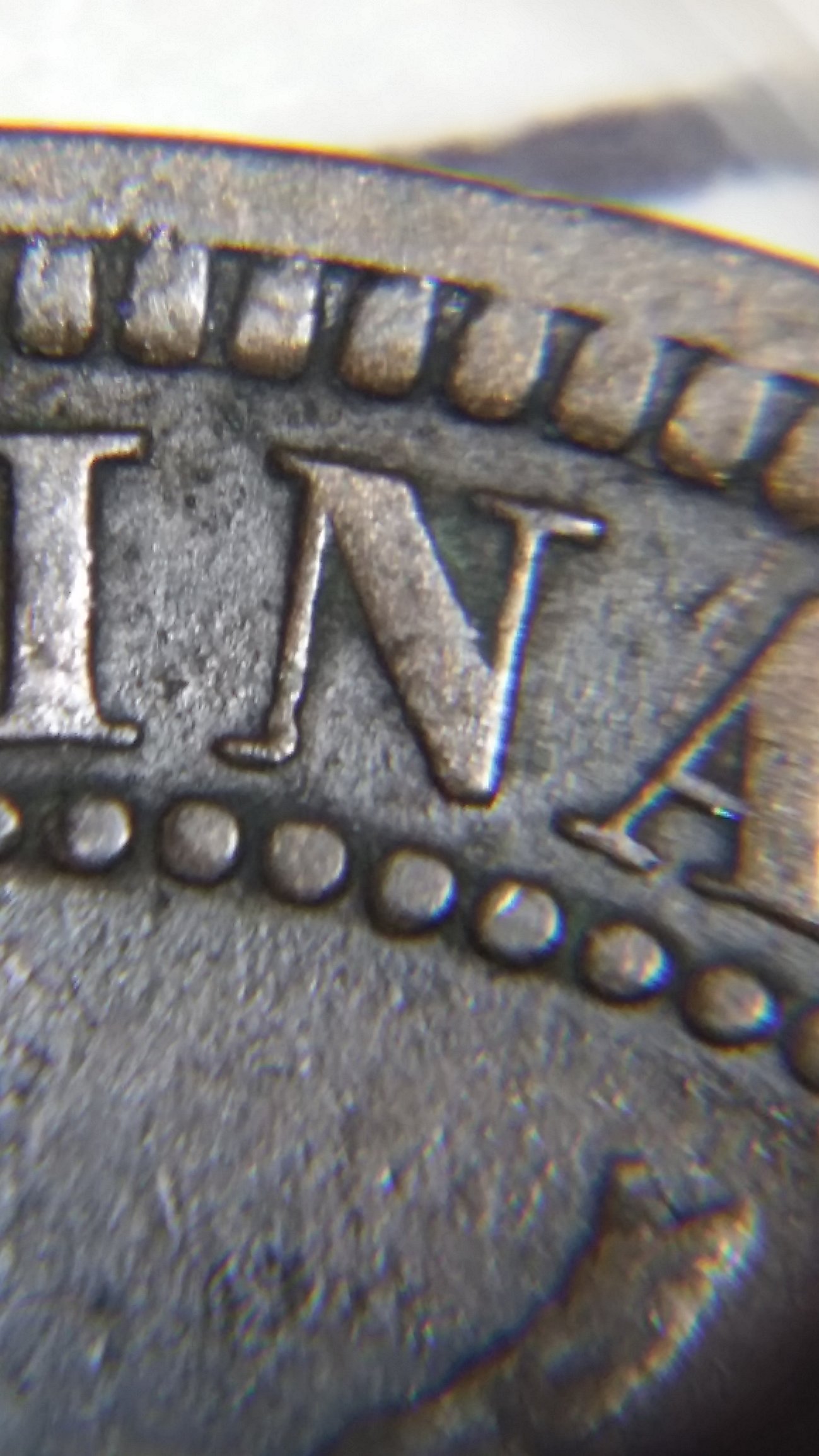
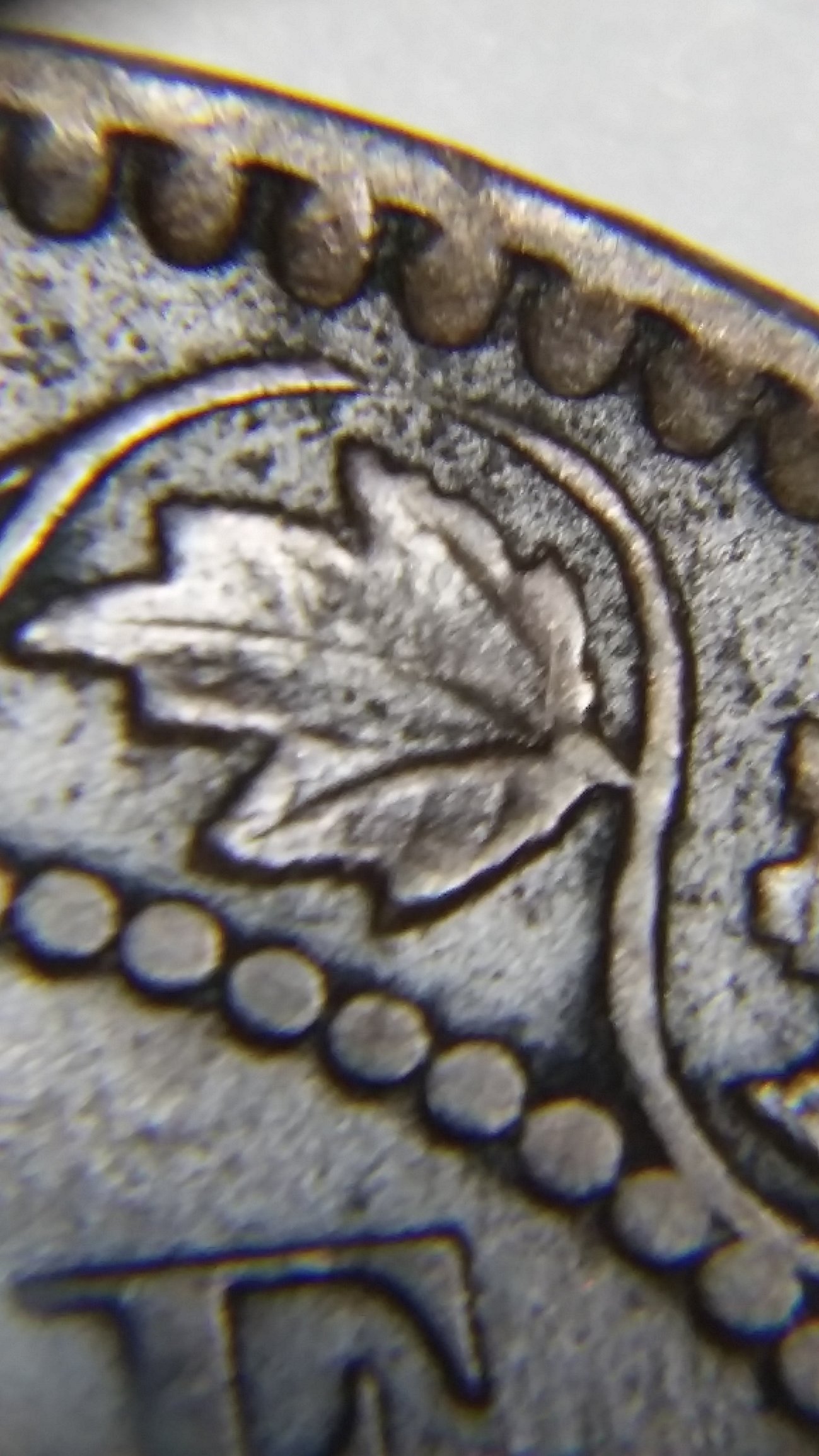
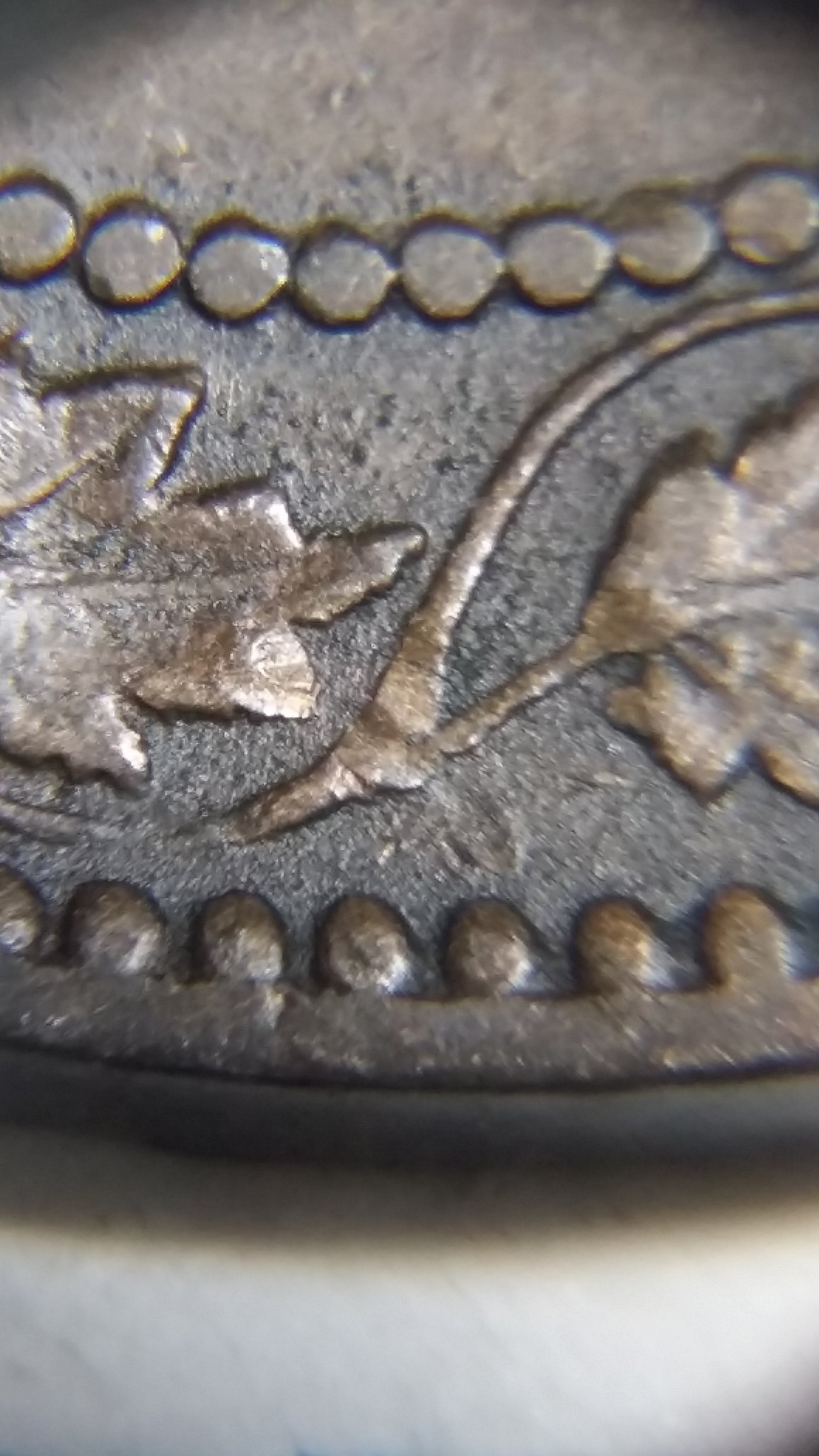
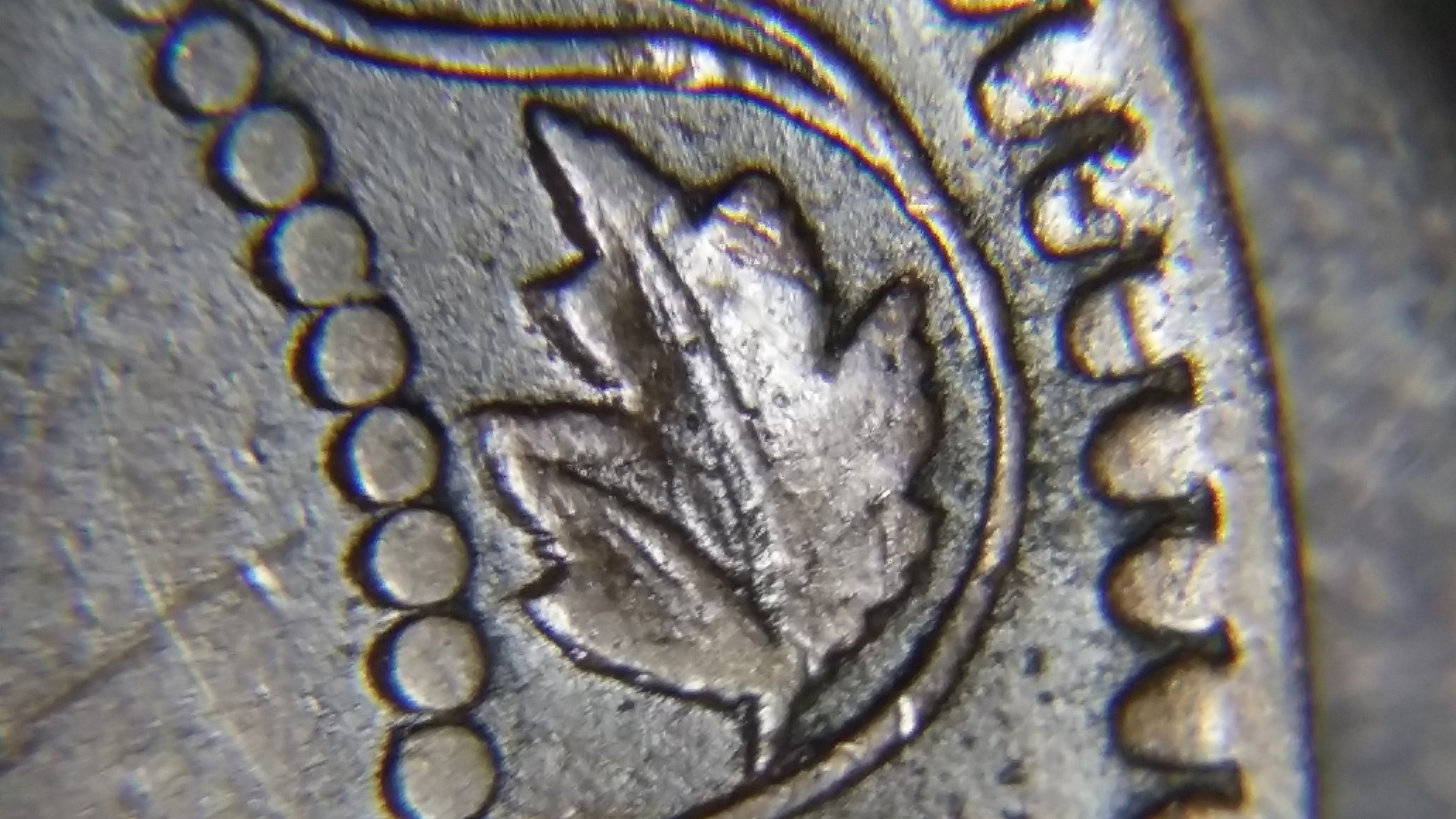

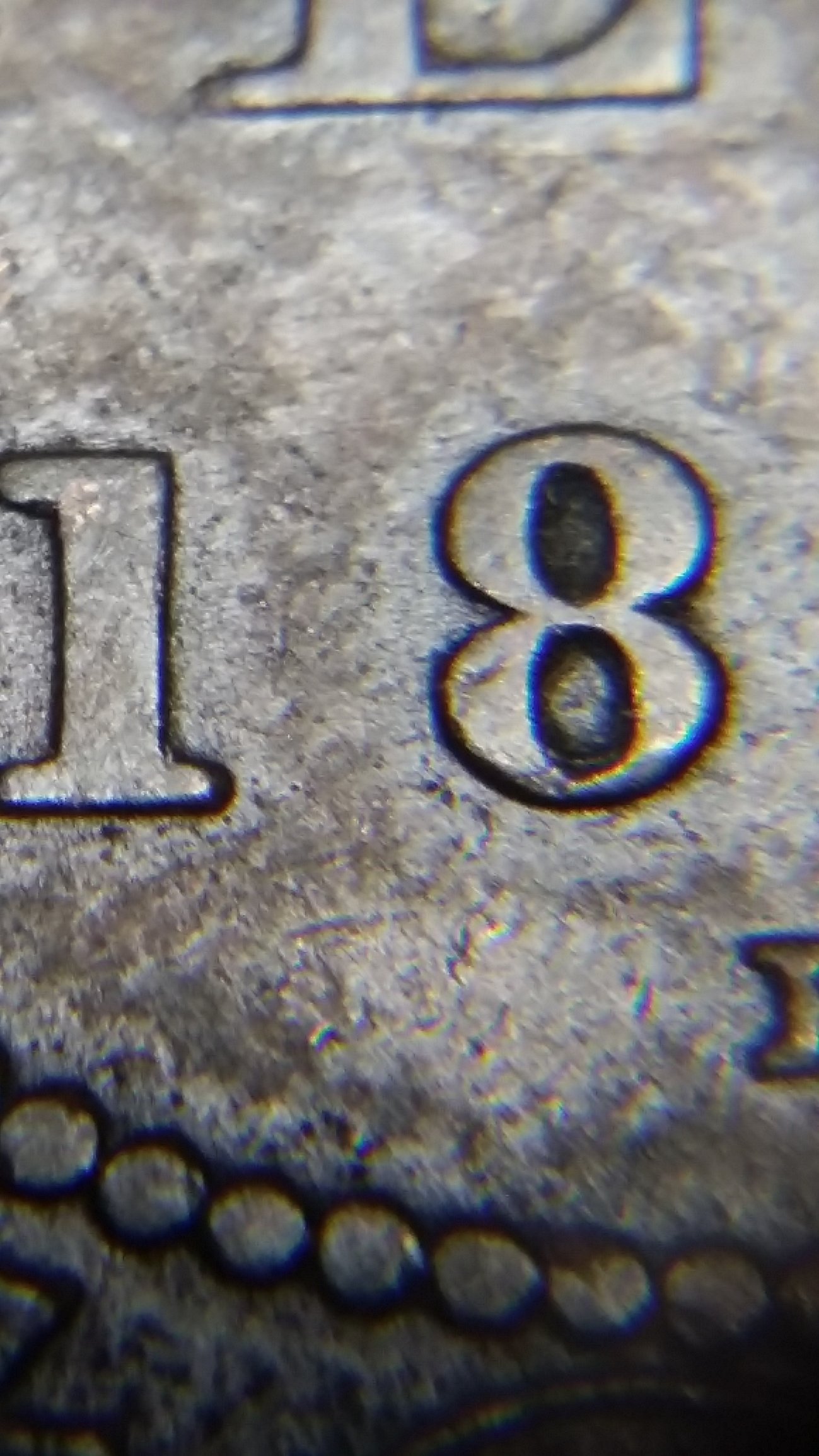
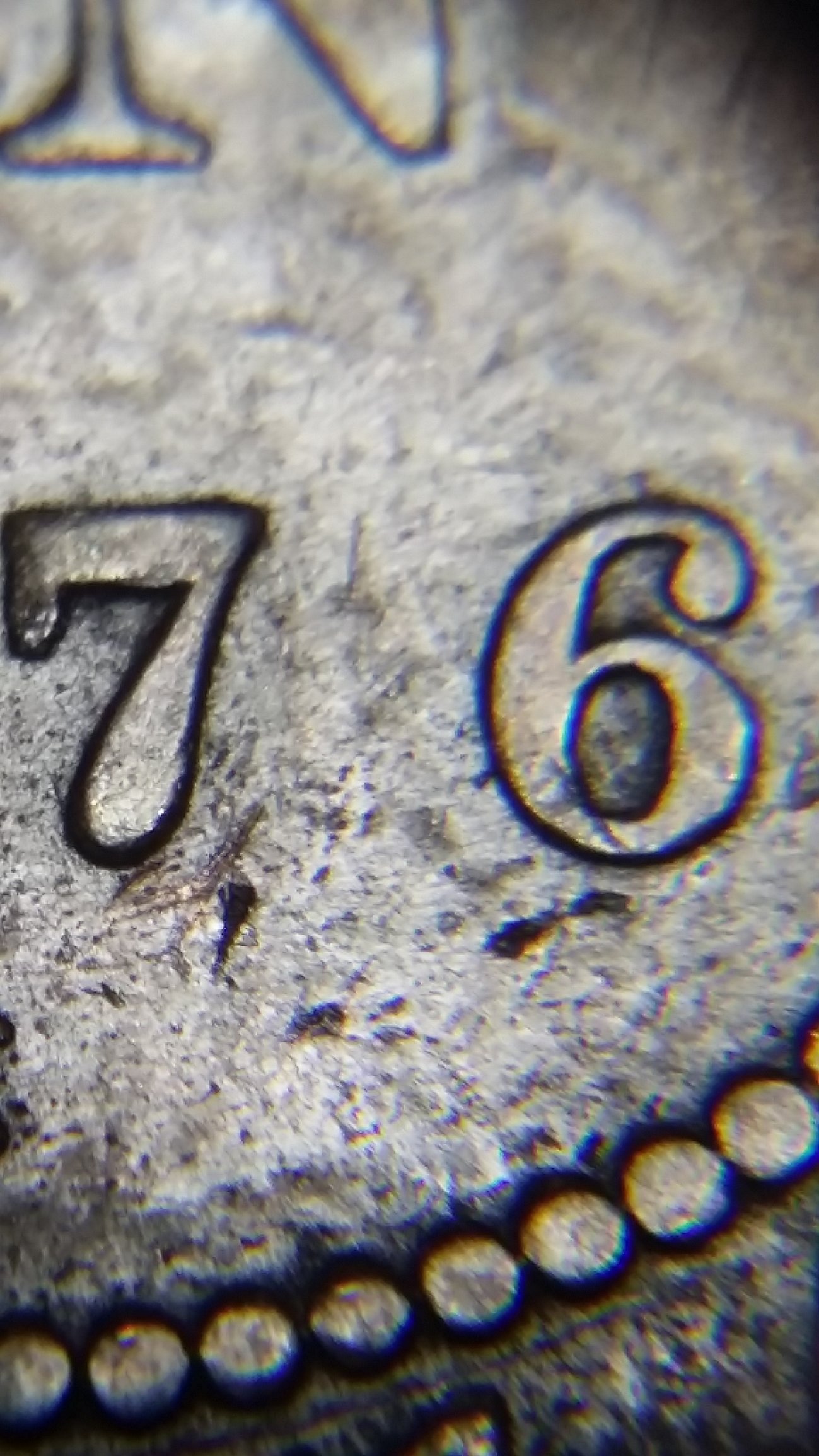
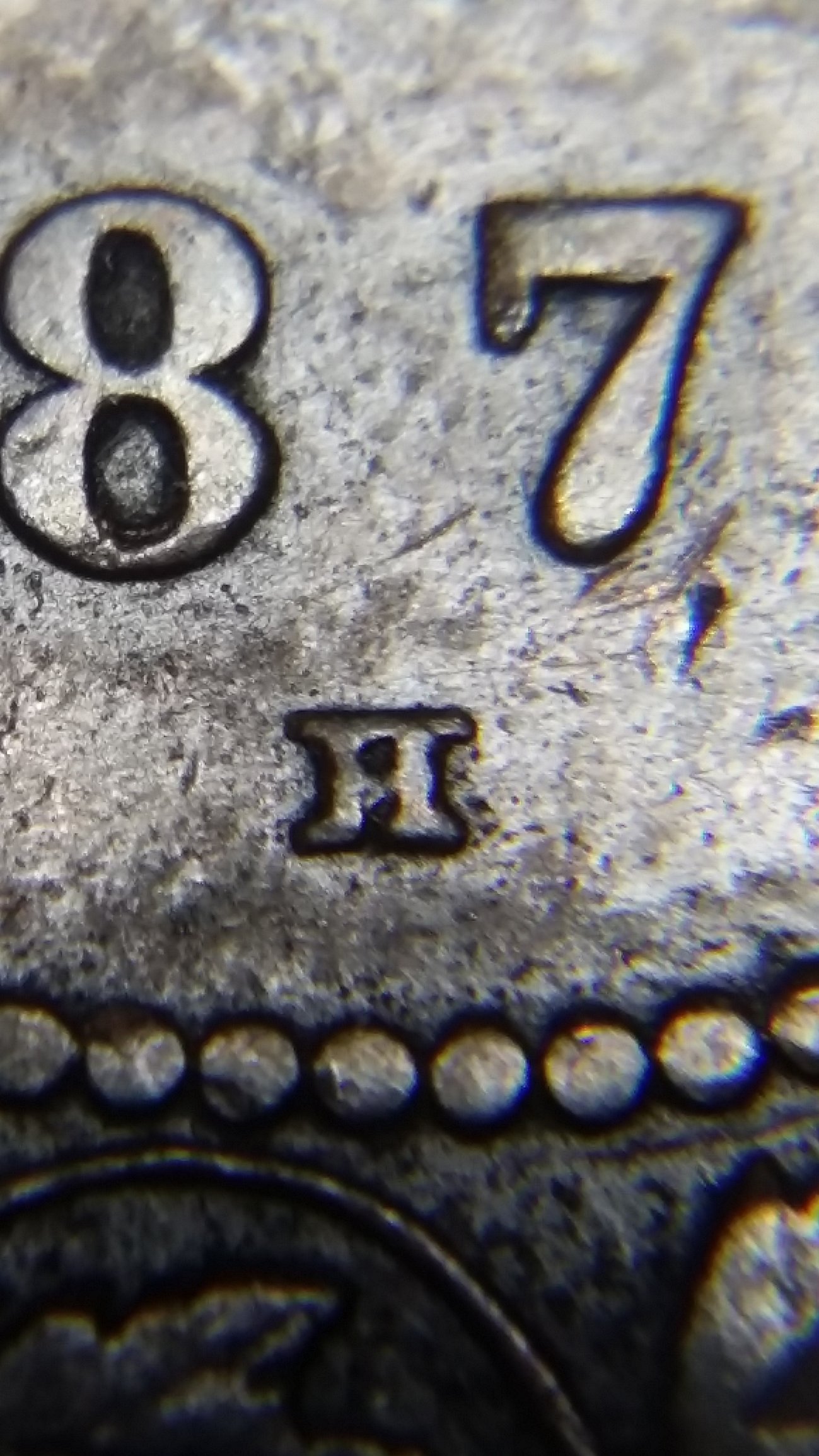
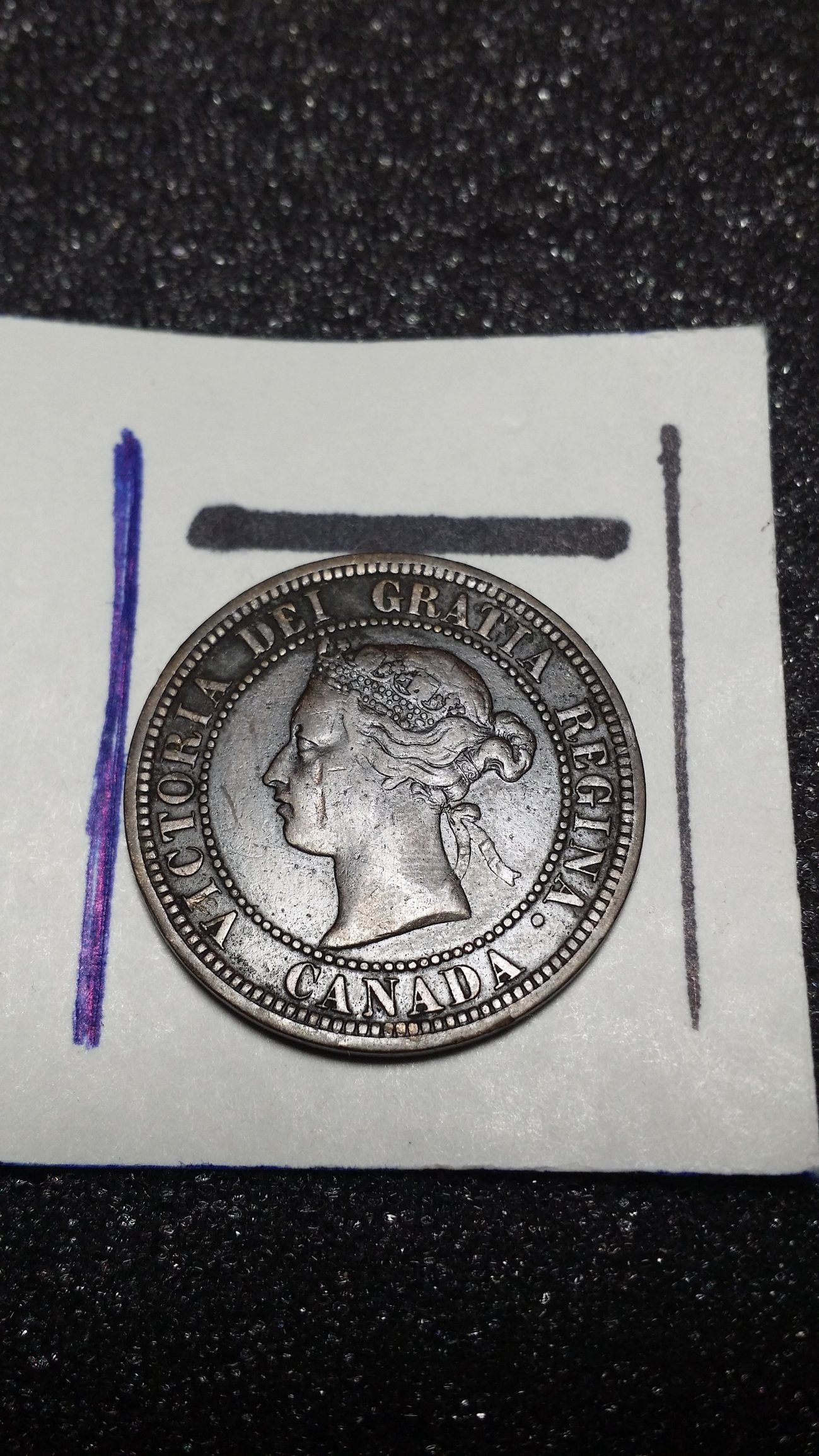
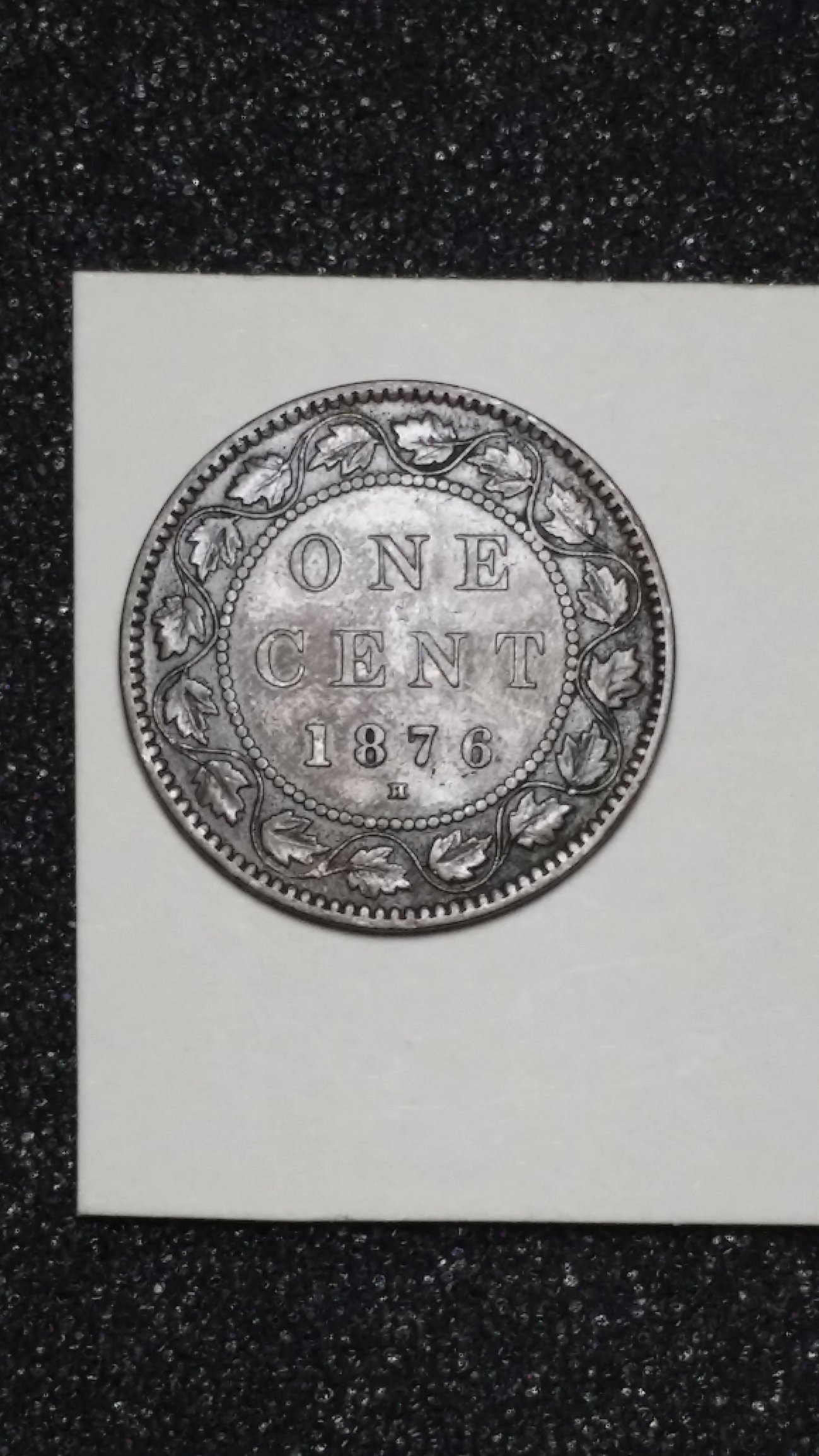
Comments
I'm looking through the obverse and reverse varieties and I can't even make a die marriage for this coin.
Do you folks know of any experts on the boards for this, or what are your thoughts? This coin was bought by a man who was considered a little old when ww1 happened.
I'm still chasing my tail.. I found some information that larger/heavier pieces made of copper were pulled some circulation. Others were used as sample pieces to other countries for business purposes by Heaton mint.
I still see nothing regarding a pure copper 6.1g one cent piece.
Do you folks know of any active coin boards for Canadian pieces? So far I've only come across forums with old software that you can't view because of ads.
I also see no mention of this piece in pp 275-277 in the Official Blackbook Price Guide to World Coins 2010
By Marc Hudgeons, Tom Hudgeons, Jr., Tom Hudgeons, Sr.
Could thus possibly have been a rejected sample piece for another country, then entered circulation by mistake, instead of the bronze ones?
You have an 1876H, obverse 1, bronze cent. All cents in 1876, save one type of specimen piece, were obverse 1. All cents in 1876, save one other type of specimen piece, bear the H mintmark.
The mintage for that year was 4 million. Although no catalog of the working dies has yet been published, I would expect Heaton used something on the order of 75 obverse dies and 100 reverse dies to execute the mintage . In other words, there were a lot of die pairs. The 1876 specimen article only addressed the very few die pairs that minted specimen quality coins.
The details I see in your photos are consistent with circulating 1876H cents. The mintmark was re-punched in the matrix, so all the 1876H working dies had it. Many of the obverse letters were strengthened in the working dies by re-punching. This made each die unique as far as exactly how the letters looked on the coins it produced. Die cracks are also unique to a single die. For example, the crack below the E in DEI you mentioned, only appears on that particular specimen die.
I suspect, since your coin does not show the tool mark at leaf #2, it was probably struck by one of the many dies sunk by punch R1D1. The problem is that once coin wear reduces a coin below VF, it is sometimes tough to tell for sure.
As to the weight, the control of planchet thickness at both the Royal Mint and Heaton left a little to be desired. Since bronze was not a precious metal and the one cent coin was a token coinage (the nominal value was considerably more than the value of the metal it contained), they really didn't worry about it too much. In studying the 1858 and 1859 cents, I have found cents plus or minus 5 or 6 per cent of the nominal weight. Although I have not done similar weight studies on the Dominion cents (1876-1901) of Victoria, it does not surprise me at all that you found one 6% heavy.
I hope this helps.
http://www.victoriancent.com
Ohhh I see! Okay cool thanks. I was getting turned around where they said no pure copper ones were made.. and it's like well, I'm holding one in my hand about a half gram heavier haha. Thank you very much @bosox.